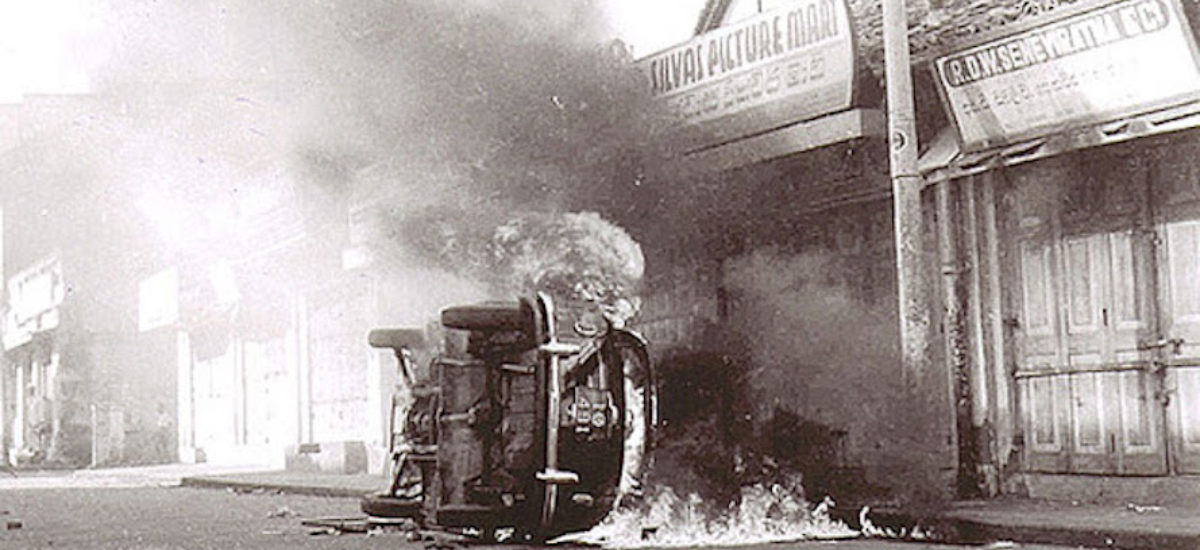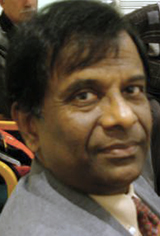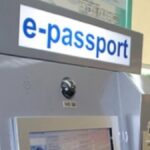
July 1983 Anti-Tamil Pogrom: State-Engineered Violence, Not Spontaneity – Lionel Bopage
- Sujeewa Senerath
- July 21, 2025
- Weekly Political Review
- 0 Comments
Introduction
Communal violence in Sri Lanka did not erupt overnight. The tragic events of July 1983 were not simply a spontaneous reaction to the killing of 13 Sri Lankan soldiers by Tamil militants. Rather, they represented the culmination of decades of political manipulation, systemic discrimination, and calculated brutality. Evidence points to the direct involvement of ruling party officials in orchestrating the violence, making it a state-sponsored pogrom rather than a sudden outburst of communal anger.
Anti-Tamil violence had been a recurring feature of post-independence Sri Lanka, with significant riots in 1958, 1968, 1977, and 1981. Each cycle of violence reinforced the marginalisation of Tamils, while emboldening hardline Sinhalese elements within the state apparatus.
Colonial Legacy
British colonial rule fundamentally altered Sri Lanka’s social and political structures. By centralising administration, implementing English as the language of administration, education, and law, the British sowed seeds of ethnic resentment. Tamils, particularly from Jaffna, came to dominate civil service positions under colonial rule, fuelling Sinhalese perceptions of favouritism.
Colonial economic policies dramatically transformed the island’s economy by introducing a plantation-based system focused on export-oriented agriculture, particularly coffee and later tea. This shift involved significant land policies, infrastructure development, and labour recruitment from South India to support the burgeoning plantations, and implementation of rigid legal-administrative systems that entrenched divisions. Post-independence, these colonial structures were inherited by a unitary state ill-equipped to address the island’s ethnic complexities, setting the stage for political tension.
Post-Independence Discrimination
After independence, Sinhala nationalist policies further entrenched divisions. In 1948, the newly formed government enacted the Ceylon Citizenship Act, which effectively disenfranchised the Malaiyaha Tamils, also known as Hill Country Tamils, who worked on tea plantations. This act stripped them of their citizenship rights and voting rights, making them stateless.
The 1956 “Sinhala Only” Act marginalised Tamil speakers, drastically reducing their employment and educational opportunities. In 1972, the Constitution granted Buddhism a privileged status, alienating religious minorities. University quotas limited Tamil access to higher education, and state-led colonisation schemes disadvantaged Tamils in land distribution.
Successive Sinhalese-majority governments blocked repeated attempts of Tamil political movements to negotiate greater autonomy. These discriminatory policies bred political frustration among Tamils and contributed to the rise of militant separatism.
Rise of State Repression
By the late 1970s, the government responded to Tamil dissent not with reform, but with heavy militarisation. State repression was institutionalised through emergency regulations and the draconian Prevention of Terrorism Act (PTA), which granted security forces sweeping powers and near-total impunity. Arbitrary arrests, torture, and extrajudicial killings became common in Tamil areas, creating an atmosphere of fear and hostility.
Meanwhile, the government’s failure to prosecute perpetrators of anti-Tamil violence—including MPs implicated in orchestrating the 1981 Jaffna library burning—reinforced a culture of impunity.
Events Leading to July 1983
In the early 1980s, attacks on government forces by Tamil militants increased in response to state repression. On July 23, 1983, the Liberation Tigers of Tamil Eelam (LTTE) ambushed an army patrol in Jaffna, killing 13 soldiers. The government seized upon this incident to mobilise Sinhalese anger while imposing press censorship and restricting journalists’ movements.
What followed was not random rioting but a systematic pogrom. Armed gangs, aided by ruling party politicians, used voter lists to identify Tamil homes and businesses in Colombo and other areas. Security forces stood by or actively participated in the attacks. For several days, Tamil civilians were hunted, raped, burned alive, and massacred, while their properties were looted and destroyed. Even Tamil political prisoners were executed inside the supposedly secure Welikada Prison.
Amidst this horror, many Sinhalese citizens bravely sheltered their Tamil neighbours, offering a rare but significant glimmer of humanity in a time of state-sponsored brutality.
Legalised Suppression and Aftermath
Rather than prosecuting the perpetrators, the government, using the riots as a pretext, banned the Janatha Vimukthi Peramuna, the New Sama Samaja Party, and the Communist Party. This situation paved the way for the disaster that broke out in the South in 1988-89.
Furthermore, President J.R. Jayawardena introduced the Sixth Constitutional Amendment, criminalising even peaceful advocacy for Tamil autonomy. Tamil politicians were barred from Parliament, and a climate of total suppression was enforced. The events of 1983 catalysed mass Tamil emigration and the solidification of the Tamil diaspora abroad.
Despite calls from international human rights organisations, including Amnesty International and the International Commission of Jurists, successive Sri Lankan governments have refused to conduct an independent inquiry into the pogrom.
A State-Fuelled Civil War
The July pogrom irrevocably shattered the island’s social fabric, propelling the country into a brutal 26-year civil war. Rather than addressing legitimate Tamil grievances, the state doubled down on military repression, further eroding civil liberties and democratic institutions. Efforts at reconciliation have been undermined by weak implementation and half-hearted reforms, while discriminatory attitudes continue to fester.
The enduring legacy of July 1983 is the deep mistrust between communities, compounded by the state’s failure to ensure accountability or justice.
The Challenge of Reconciliation
Decades after the pogrom, Sri Lanka’s governance continues to be defined by majoritarianism, militarisation, and impunity. Even basic commitments, such as the implementation of the 13th Amendment, which promises provincial autonomy, remain unfulfilled. Political devolution is routinely resisted, and the military maintains a heavy presence in Tamil-majority areas.
Sustainable peace requires an honest reckoning with the past. Any credible reconciliation process must involve demilitarisation, accountability for war crimes and communal violence, and genuine political power-sharing. Constitutional reforms must reflect Sri Lanka’s pluralism, providing equal rights and protections to all communities.
Equally important is a commitment to rebuilding intercommunal trust through grassroots dialogue, cultural exchange, and psychosocial support for victims of violence. Civil society must be allowed the space to advocate for peace, without fear of surveillance or repression.
Conclusion
The July 1983 pogrom was not an unfortunate accident of history—it was a calculated expression of state violence that accelerated Sri Lanka’s descent into war. Even today, its lessons remain painfully relevant. A state that seeks peace cannot continue to justify repression, ignore minority rights, or perpetuate historical injustices.
For Sri Lanka to escape its cycles of violence, it must choose accountability over impunity, pluralism over majoritarianism, and reconciliation over revenge. Only then can the wounds of July 1983 begin to heal.

July 20, 2025

